Malocclusion correction
Malocclusion correction in Smyrna & Brentwood
Malocclusion is a common dental health issue that affects the alignment of your teeth. This incorrect alignment is often hereditary and worsens with poor oral habits during childhood. Your treatment plan may vary depending on the classification of malocclusion and its severity.
What is malocclusion?
Malocclusion is when the maxilla, or upper jaw, and the mandible, or lower jaw, do not line up correctly. If your dentist says you have malocclusion, this may also refer to general teeth misalignment. Misaligned teeth will gradually make oral functions difficult, such as chewing, biting or even speaking. Some symptoms of malocclusion include abnormal teeth alignment, breathing through the mouth and pain when moving the jaw. While this condition is mainly hereditary, other causes of malocclusion include tooth loss, prolonged use of a pacifier or impacted teeth.
Why would one fix malocclusion?
If left untreated, malocclusion can become a much more significant health issue. Seeking treatment for malocclusion has benefits such as:
- Reducing tooth decay: Malocclusion may cause uneven wearing on your teeth, leading to erosion or decay.
- Improve your oral hygiene: When your teeth have limited space, it can be challenging to clean your teeth and gums adequately, leading to cavities and other tooth issues.
- Lower the risk of temporomandibular jaw syndrome (TMJ): TMJ results from malocclusion and can cause facial pain.
Different types of malocclusion
Your dentist will examine your mouth for malocclusion during your physical exam. If your dentist identifies a potential issue, you may receive a referral to an orthodontist who may perform dental, head, skull, or facial x-rays and a paper or plastic mold of the teeth. There are three different classifications of malocclusion:
- Class I: This classification is the most common and refers to spacing or overcrowding problems.
- Class II: This class of malocclusion is typically known as an overbite, or the upper teeth protruding further than the lower teeth.
- Class III: Class III is an underbite, which is when lower teeth protrude forward further than the upper teeth.
Within a class III malocclusion, an anterior or posterior crossbite may occur. An anterior crossbite occurs when some or all of your upper teeth are behind your lower teeth. Conversely, a posterior crossbite is when your top back teeth are inside of your bottom back teeth.
How do you treat malocclusion?
Your treatment options will vary depending on your class of malocclusion. Many orthodontists will treat cases of malocclusion with braces or Invisalign. These removable options will help to hold the teeth in place while allowing the jaw bone to grow in the correct location around it. After finishing treatment, you may receive a retainer to help your teeth and jaw stay in the correct location. It’s essential to wear your retainer regularly to ensure your treatment remains effective.
Contact Barbieri Orthodontics today!
For expert dental care, contact the professional team at Barbieri Orthodontics today. Our office is an official Invisalign® partner and Dr. Roedig is in the top 1% of Invisalign providers in the country, making us a trusted choice.
Schedule a free consultation at one of our Middle Tennessee offices in Smyrna or Brentwood today.



